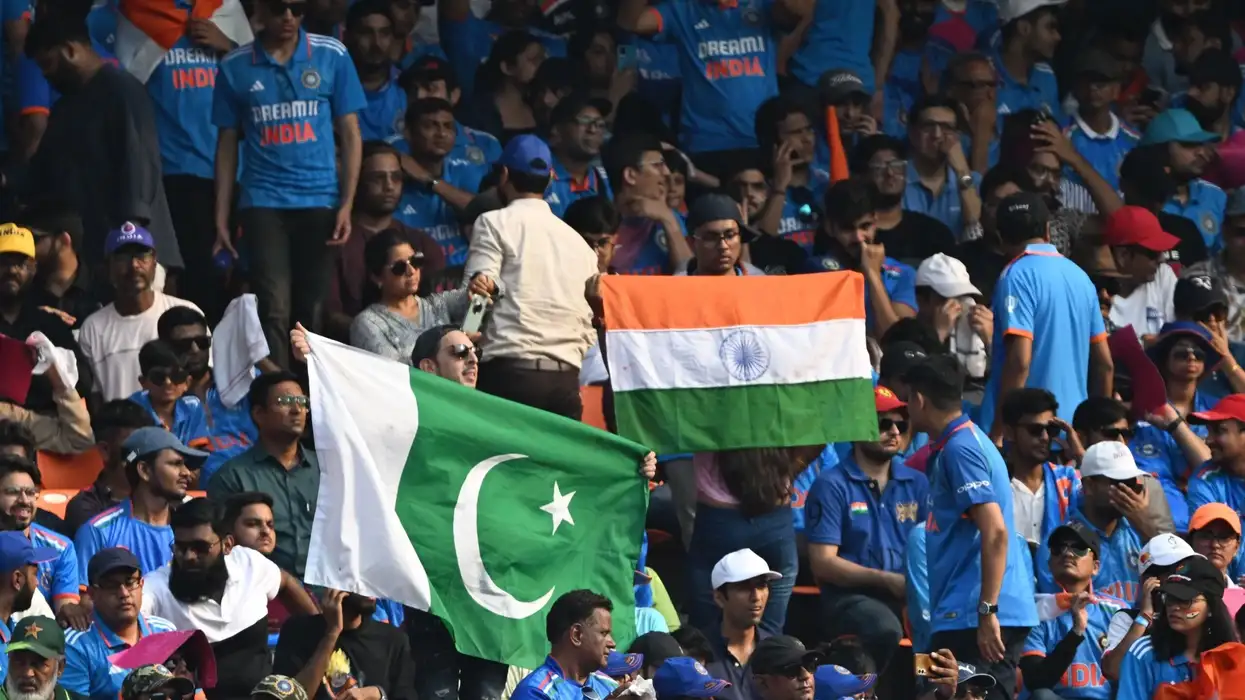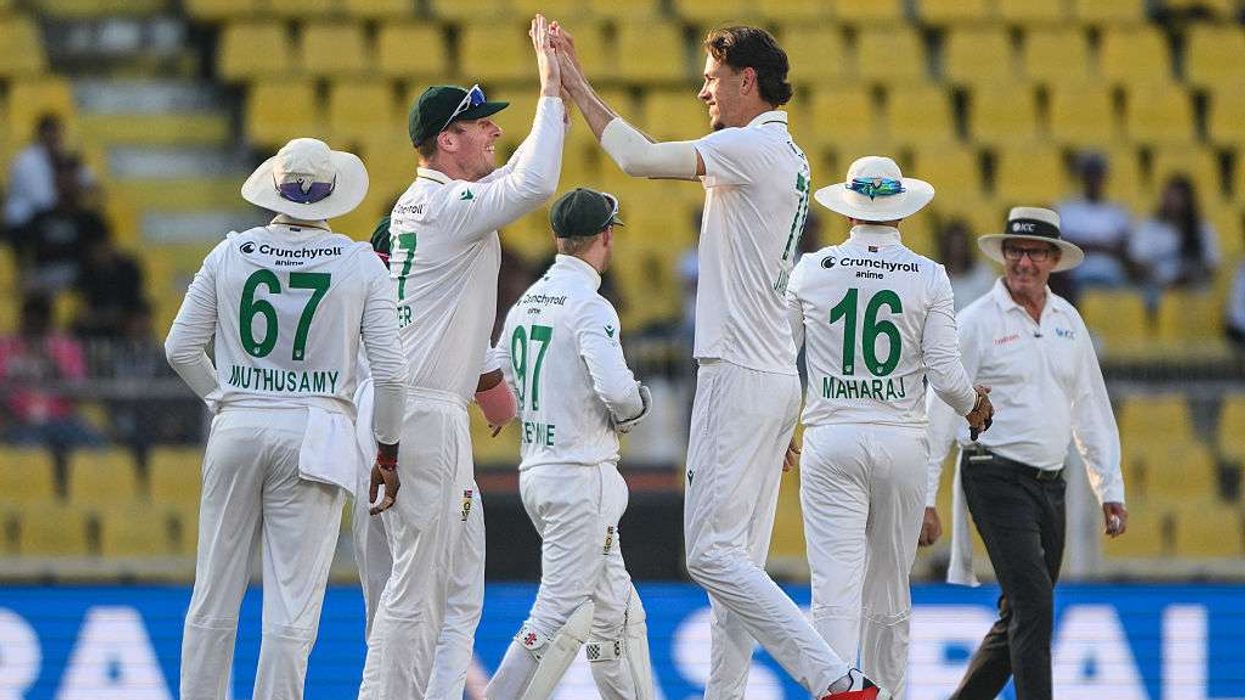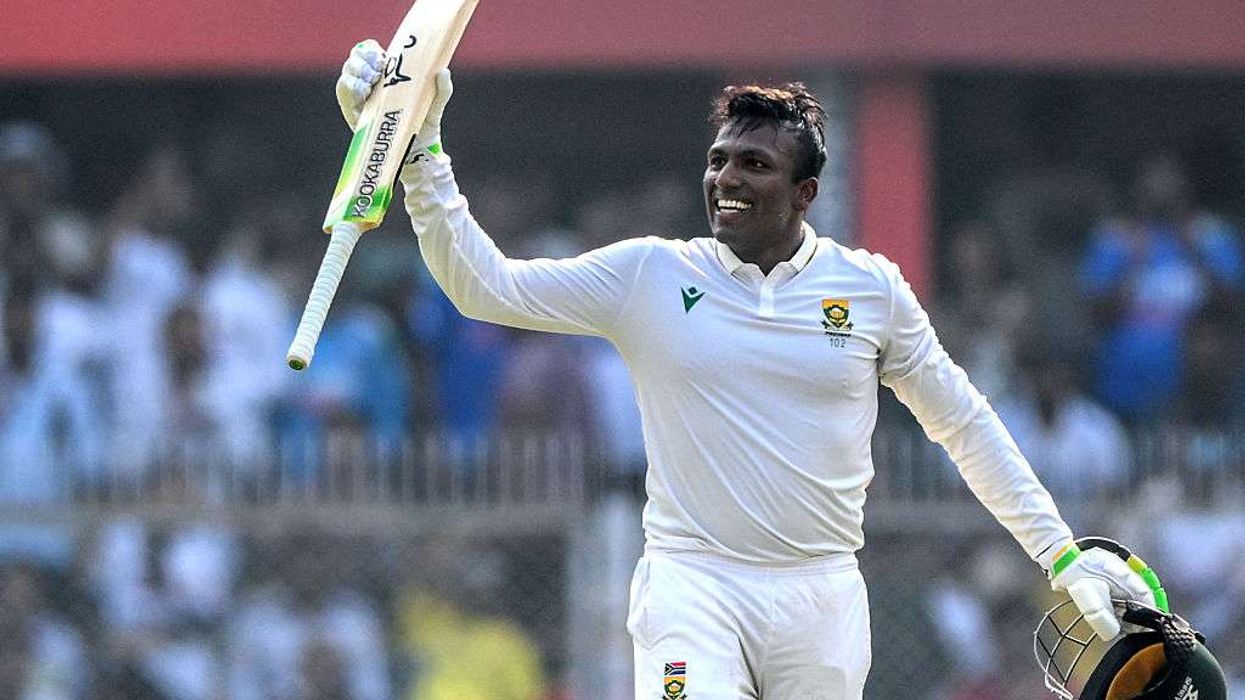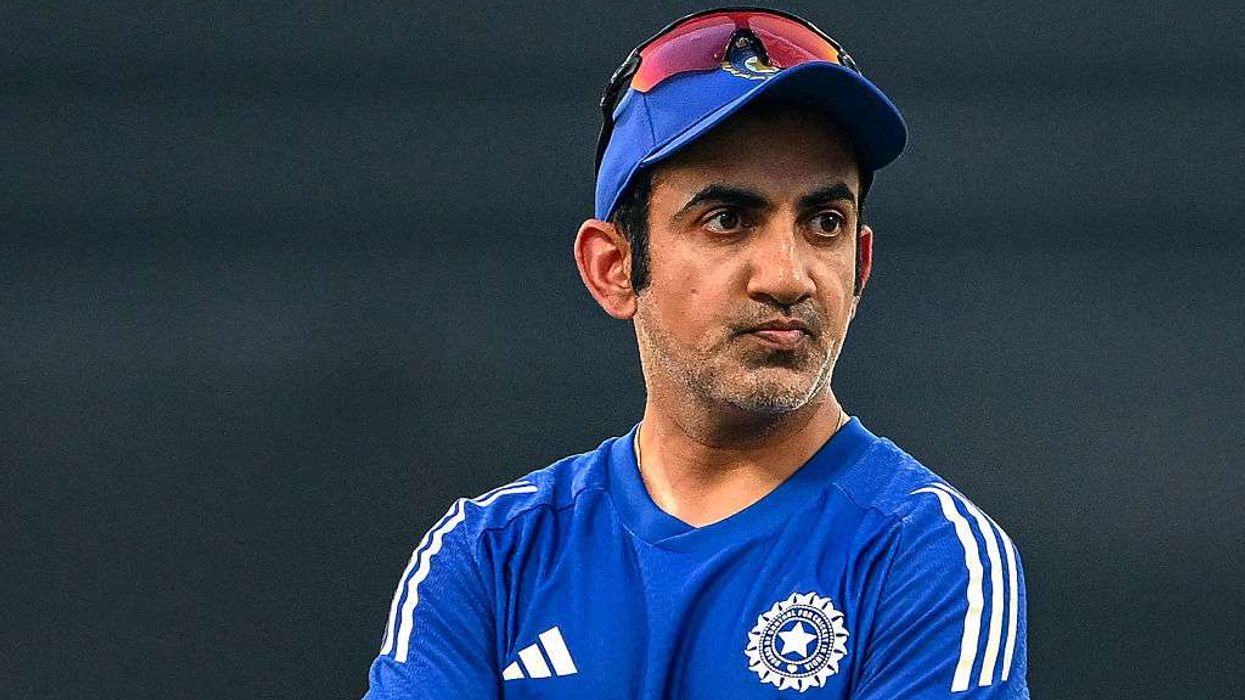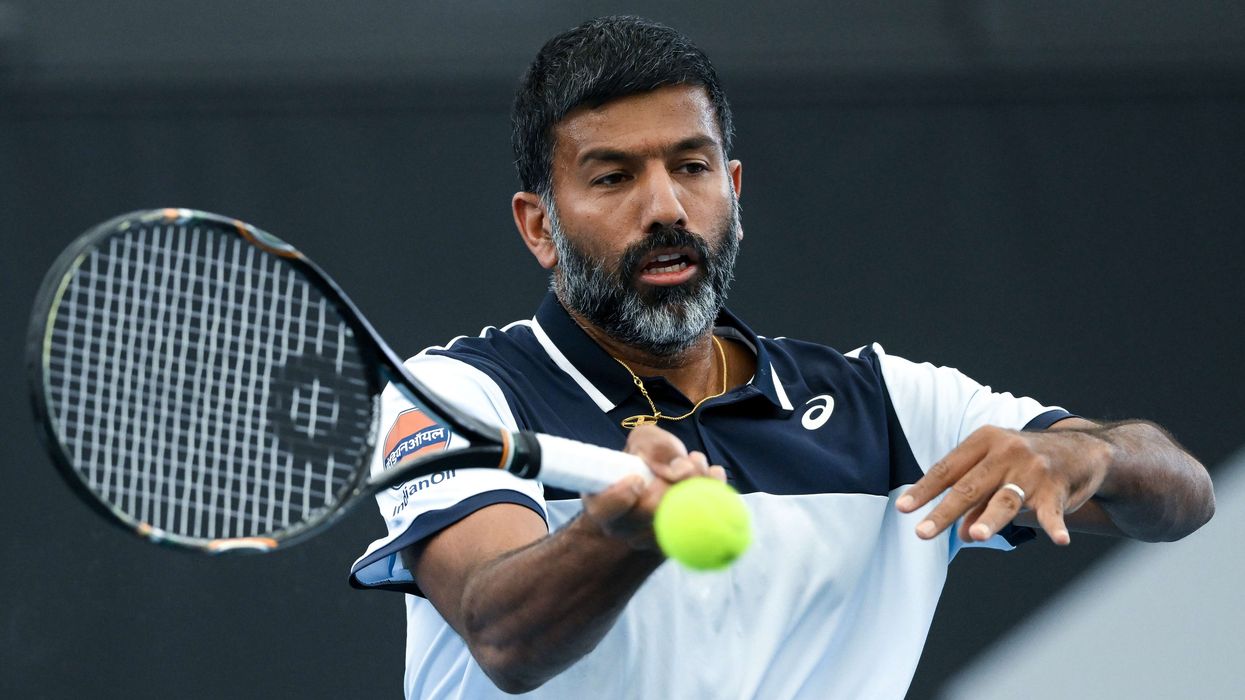Highlights
- Aryna Sabalenka defeats Laura Siegemund in a three-set thriller
- German veteran's slice-and-drop-shot game unsettles the top seed
- Sabalenka to face Amanda Anisimova in the semi-finals
Sabalenka digs deep to progress
Aryna Sabalenka was pushed to the edge on Tuesday, enduring a three-hour test of patience and resilience before finally overpowering Laura Siegemund on Wimbledon’s Centre Court to book her place in the semi-finals.
The Belarusian, world number one, eventually broke free from Siegemund’s spellbinding tactics to win 4-6, 6-2, 6-4 and will now face American 13th seed Amanda Anisimova, who earlier beat Anastasia Pavlyuchenkova, for a spot in Saturday’s final.
German veteran's old-school game unsettles top seed
For long stretches of the match, it appeared Sabalenka would find no solution to Siegemund’s vintage approach. The 37-year-old German, ranked 104th in the world, relied on a mix of slices, drop shots and tactical finesse to disrupt the rhythm of the hard-hitting Belarusian.
Siegemund’s playing style drew comparisons to a bygone era, where subtlety triumphed over raw power. Her slice returns, deft lobs, and feathered volleys kept Sabalenka on the defensive for much of the contest.
“After the first set I was just looking at my box thinking, ‘Guys, book the tickets, we might be leaving this beautiful city,’” Sabalenka admitted. “She played an incredible match, an incredible tournament, and I’m just really happy right now with the win. The atmosphere — it’s just another level.”
Nostalgic display on Centre Court
Despite only one previous second-round finish at Wimbledon, Siegemund produced one of the performances of her career. Her strokes landed with subtle precision — a soft brush of the racket replacing the more common heavy thud. Even her serves, often landing midway up the box and spinning out wide, proved deceptively effective.
Her wealth of doubles experience — three Grand Slam titles across women’s and mixed — was evident in her use of angles, soft hands at the net, and her ability to control rallies with minimal force.
Sabalenka found a breakthrough in the second set as Siegemund’s precision dipped slightly. Though only marginal, it gave the top seed just enough room to level the match.
A hard-fought decider
The third set saw both players exchange small advantages as the momentum shifted repeatedly. Siegemund returned to her crafty best, forcing Sabalenka to continue digging deep.
As the match approached the three-hour mark, Sabalenka finally struck the decisive blow, sealing victory with a thunderous overhead and an emotional roar.
“That was a real task,” she said. “Honestly, I have no idea how I managed to stay emotionally prepared and focused. I’m actually really proud of myself because it was a really tough battle.”


